Gospel of Palms: Matthew 21: 1-11; Isaiah 50:4-7 (RM) or 4-9a (RCL); Psalm 22 (RM) or 31 (RCL); Philippians 2: 6-11 (RM) or 5-11 (RCL); Matthew 26:14–27:66 (long form) or 27:11-54 (short form.)
On this Palm Sunday, the accompanying readings – the readings that precede the lengthy Passion account from Matthew – centre around one particular theme. And it’s not a theme that those of us who have struggled most of our lives to develop and maintain healthy self-esteem can easily embrace.
In the Gospel that’s read at the blessing of the palms, Jesus makes his entry into Jerusalem riding an ass –the text reads that they will find “an ass, and a colt tethered with her” – into the city as a cheering crowd gathers. “Hosanna, blessed is the one who comes in the name of the Lord” is a consciously Messianic exclamation, yet the scene is nothing like the conventional Jewish expectation that the Messiah will come riding in elaborate procession on a more dignified animal, saving Israel from its enemies with military victory and in glorious splendour.
The image of the Suffering Servant from Isaiah, used at the start of Holy Week, sets us up to see Jesus in his deep pain and humiliation as a determined prophet, living his call to speak the truth. The second reading, the Philippians hymn, was apparently already known to the community for whom Paul was writing. He adds one phrase of his own to sharpen the focus: “even death on a cross.” This hymn begins from the pre-existent cosmic Christ, then tells that “he emptied himself” to be born as human, subject to an agonizing death, and as a result was exalted again. The “emptiness” is called kenosis in Greek, a process of chosen self-hollowing.
How can we draw out a useful insight from examples of choosing to reject a high position of strength in order to take on the emptiness of the lowest-of-the-low? What does this mean for people who have survived poverty, prejudice, abuse, or just a lifelong round of bad luck?
Sometimes life sets up empty places inside us. Severe illness, for example, can do that. Theologian Richard Gaillardetz, reflecting on his diagnosis of terminal cancer, writes:
“For much of my life I have associated the cross with my own sinfulness and guilt, but today this cross is where my own aching infirmity is embraced and enfolded into Christ’s own suffering. I feel myself lifted up by an unseen force, Christ perhaps, reaching from that very cross to draw me to him.”
And sometimes we can choose to empty out a portion of ourselves. The point is to make a choice to be open to a more powerful source of strength than we could have summoned on our own. To do that, one needs to create a bit of free space, an empty place, the larger the better.
This is the thought that helped me make sense of what kenosis can mean:
“Transformation through immersion and consciousness depends on our capacity to be penetrated by the Mystery of Christ. Our being, our substance, must be porous in order for the Mystery to enter, to penetrate. That is the crux of the matter. It is not enough simply to be immersed in … life. We must let ourselves be plowed so that the furrows of our person become deeper and deeper, so that our earth becomes softer and softer. This is something our being craves, but this plowing is kenosis, and kenosis is not easy. In the measure that our being becomes porous, open, grace can penetrate us. Depth is possible. Transformation is possible. Thus an ever deepening penetration by the Mystery can fill us with spiritual being.”*
The “plowing” metaphor reminds me of Hildegard of Bingen’s idea of viriditas – greening: plowing, sowing seed, fertilizing, and now and then letting the land lie fallow, to bring forth abundant, vibrant, living and life-giving greenery.
So how do we identify with pain, and shame, and this hollowed-out non-being? By recognizing that God, Source of all Being, identifies with us.
© Susan K. Roll
Susan Roll retired from the Faculty of Theology at Saint Paul University, Ottawa, in 2018, where she served as Director of the Sophia Research Centre. Her research and publications are centred in the fields of liturgy, sacraments, and feminist theology. She holds a Ph.D. from the Catholic University of Leuven (Louvain), Belgium, and has been involved with international academic societies in liturgy and theology, as well as university chaplaincy, Indigenous ministry and church reform projects.
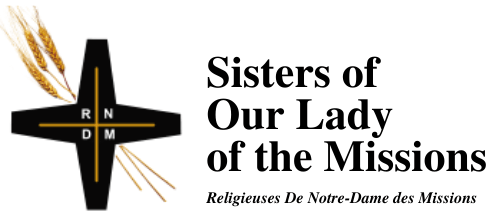
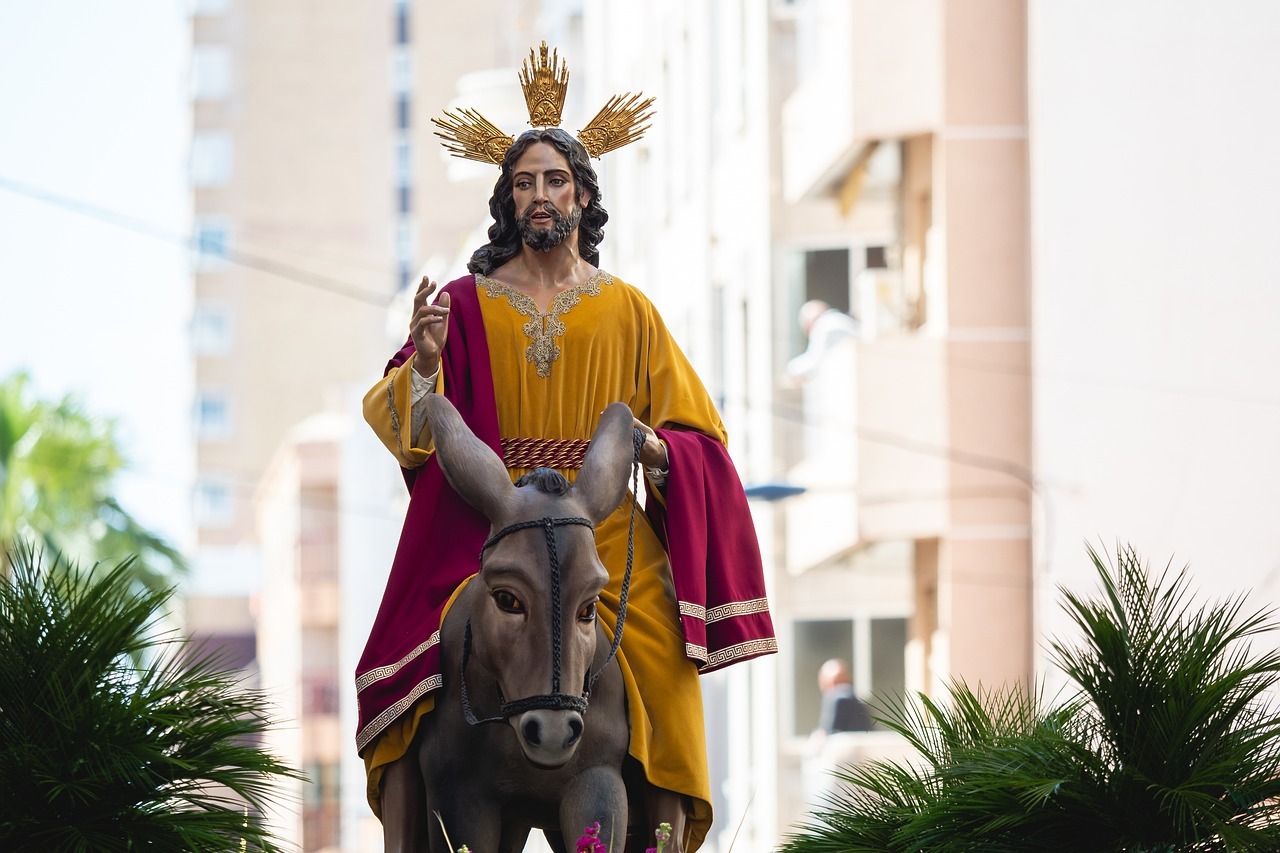
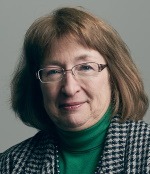
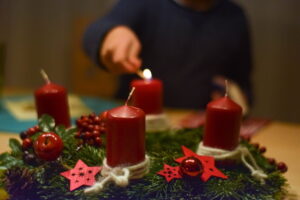
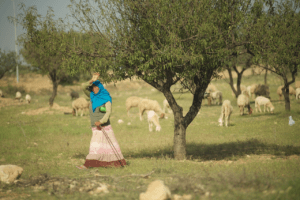
And so I/we too turn our faces towards Jerusalem. I do so recognizing “that God, Source of all Being, identifies with us.”